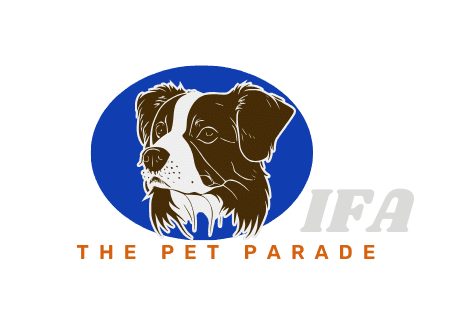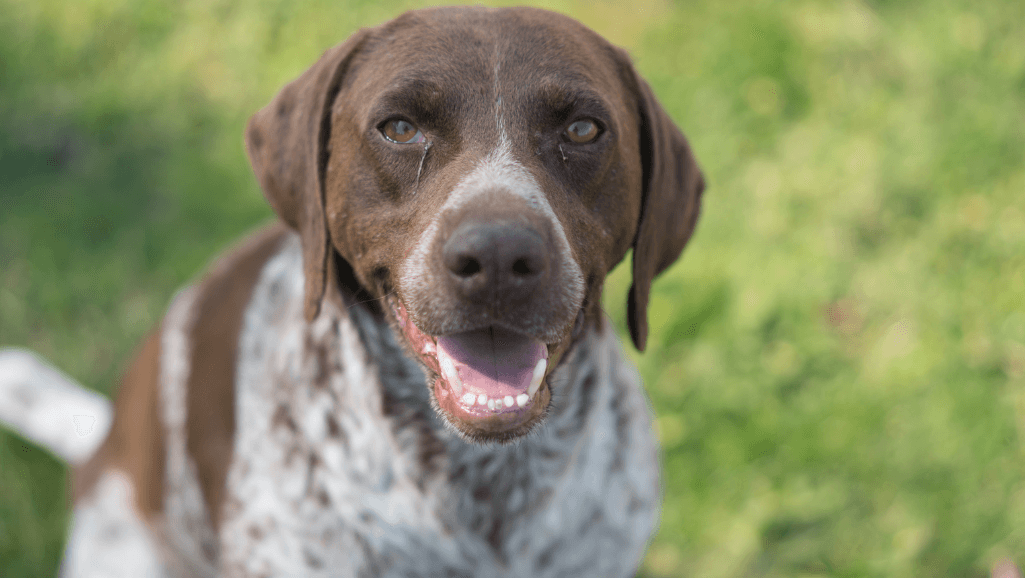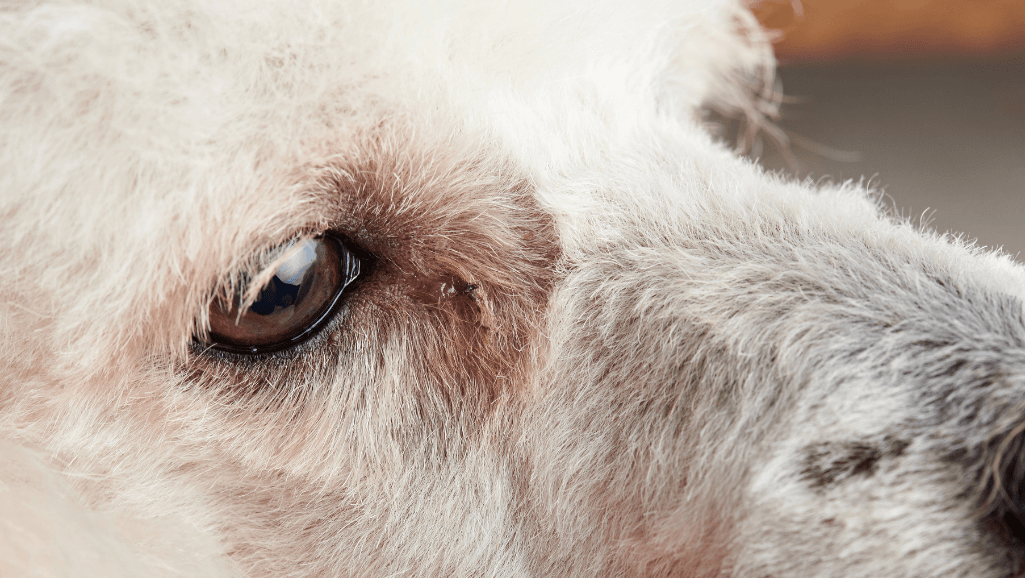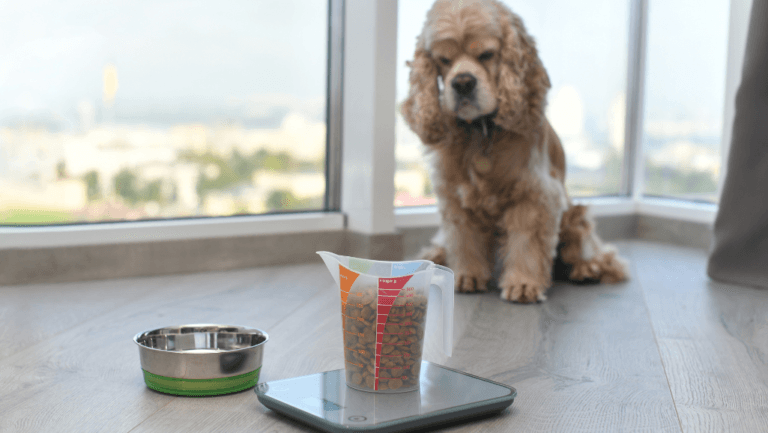Dog conjunctivitis, also known as pink eye, is a common condition that can affect dogs of all ages. It is characterized by inflammation of the conjunctiva, the tissue that lines the inside of the eyelids and the white part of the eye. Conjunctivitis can be caused by allergies, viruses, bacteria, injuries, or underlying medical conditions. Recognizing the signs and symptoms of conjunctivitis is crucial for early detection and prompt treatment. Treatment options may include topical medications, oral medications, and management of underlying conditions. With appropriate treatment, most dogs recover from conjunctivitis and experience relief from discomfort.
Key Takeaways:
- Effective Treatments for dog conjunctivitis pink eye.
- Dog conjunctivitis, or “pink eye,” is a common condition in dogs.
- It is characterized by inflammation of the conjunctiva, the tissue lining the inside of the eyelids and the white part of the eye.
- Conjunctivitis can be caused by allergies, viruses, bacteria, injuries, or underlying medical conditions.
- Early detection and prompt treatment are crucial for managing conjunctivitis in dogs.
- Treatment options may include topical medications, oral medications, and managing underlying conditions.
Types of Conjunctivitis in Dogs
Conjunctivitis in dogs, also known as pink eye, can be classified into three main types: allergic conjunctivitis, viral conjunctivitis, and bacterial conjunctivitis. Each type has distinct causes and features that require specific treatment approaches.
Allergic Conjunctivitis:
Allergic conjunctivitis in dogs is triggered by an allergic reaction, often related to seasonal allergies. Pollen, dust mites, and certain foods are common allergens that can cause inflammation of the conjunctiva. Dog breeds with a predisposition to allergies, such as Golden Retrievers and Bulldogs, may be more susceptible to allergic conjunctivitis.
Viral Conjunctivitis:
Viral conjunctivitis in dogs is caused by a viral infection and is highly contagious. Common viruses that can lead to conjunctivitis include canine distemper virus, adenovirus, and herpesvirus. Viral conjunctivitis can spread rapidly among dogs in close contact, such as those in kennels or shelters. Prompt isolation and appropriate treatment are crucial to prevent the further transmission of the virus.
Bacterial Conjunctivitis:
Bacterial conjunctivitis in dogs is a result of a bacterial infection affecting the conjunctiva. The infection can be caused by bacteria such as Staphylococcus and Streptococcus. Bacterial conjunctivitis can be transmitted through direct contact with infected dogs or contaminated objects, making it important to practice good hygiene and disinfection in shared environments.
In addition to these three types, it’s important to note that conjunctivitis in dogs can also occur due to other factors, such as injuries to the eye, dry eye syndrome, and underlying medical conditions like autoimmune diseases or systemic infections. Proper diagnosis by a veterinarian is essential to determine the root cause of conjunctivitis and provide the appropriate treatment.
Symptoms and Diagnosis of Conjunctivitis in Dogs
Dogs can develop conjunctivitis, a common eye condition characterized by inflammation of the conjunctiva. Recognizing the signs of conjunctivitis is crucial for early diagnosis and prompt treatment. Some common symptoms include:
- Red or bloodshot eyes: The whites of the eyes may appear red or pink.
- Excessive blinking or squinting: Dogs may blink or squint frequently due to eye irritation.
- Increased discharge from the eye: You may notice a watery or mucous-like discharge.
- Swelling or puffiness around the eyelids: The eyelids may appear swollen or puffy.
- Eyelids that stick together: The eyelids may become stuck together due to excessive discharge.
- Watery eyes: Dogs with conjunctivitis often have excessively watery eyes.
- Rubbing the eyes: Your dog may rub their eyes with their paws or against objects to relieve irritation.
If left untreated, conjunctivitis can lead to more serious complications, including permanent damage to the cornea. Diagnosing conjunctivitis involves a thorough examination by a veterinarian. This may include:
- Physical examination: The veterinarian will examine the eyes for signs of inflammation and discharge.
- Ophthalmic testing: Specialized tests may be performed to evaluate tear production, measure intraocular pressure, or examine the health of the cornea.
- Additional tests: In some cases, tear production measurement and corneal staining may be necessary to further assess the condition.
An accurate diagnosis is crucial for determining the appropriate treatment plan to alleviate your dog’s conjunctivitis symptoms.
| Signs of Conjunctivitis in Dogs | Diagnosing Conjunctivitis in Dogs |
|---|---|
| Red or bloodshot eyes | Physical examination |
| Excessive blinking or squinting | Ophthalmic testing |
| Increased discharge from the eye | Tear production measurement |
| Swelling or puffiness around the eyelids | Corneal staining |
| Eyelids that stick together | Additional tests |
| Watery eyes | |
| Rubbing the eyes |
Treatment and Management of Conjunctivitis in Dogs
Treatment for conjunctivitis in dogs varies depending on the underlying cause. It typically involves a combination of topical medications, oral medications, and management of underlying conditions. The goal is to alleviate symptoms, reduce inflammation, and promote healing.
Allergic Conjunctivitis: For dogs with allergic conjunctivitis, treatment often includes the following:
- Cold compresses: Applying a cool compress to the affected eye can help reduce inflammation and soothe discomfort.
- Steroid eye drops: These prescribed medications help decrease inflammation and alleviate itching.
- Artificial tears: Lubricating eye drops can help relieve dryness and irritation.
- Antihistamines: These medications may be recommended to manage the allergic reaction causing conjunctivitis.
Viral Conjunctivitis: Viral conjunctivitis in dogs is typically managed with supportive care and allowing the immune system to fight off the infection. Treatment may focus on:
- Supportive care: Ensuring the dog is comfortable and receives proper nutrition and hydration.
- Antiviral medications: In some cases, antiviral medications may be prescribed to help the immune system combat the viral infection.
Bacterial Conjunctivitis: Bacterial conjunctivitis is commonly treated with antibiotic eye drops or ointment:
- Antibiotic eye drops or ointment: These medications help clear the bacterial infection and promote healing.
Proper management of conjunctivitis is essential for a successful recovery. This includes:
- Following the veterinarian’s instructions for medication administration and dosage.
- Keeping the affected area clean and free from debris.
- Preventing the dog from rubbing or scratching the eyes.
- Scheduling regular check-ups to monitor progress and make any necessary adjustments to the treatment plan.
Treatment and Management of Conjunctivitis in Dogs – An Overview
| Treatment Approach | Types of Conjunctivitis |
|---|---|
| Allergic Conjunctivitis |
|
| Viral Conjunctivitis |
|
| Bacterial Conjunctivitis |
|
Effective treatment and management of conjunctivitis in dogs can alleviate discomfort, promote healing, and prevent complications. It is important to work closely with a veterinarian to determine the most suitable treatment approach for your dog’s specific condition.
Conclusion
Conjunctivitis, or pink eye, is a common condition in dogs that can be caused by various factors. It is important for dog owners to recognize the signs of conjunctivitis and seek veterinary care promptly. Early detection and prompt treatment are crucial for effectively managing the condition and preventing complications.
By understanding the causes, symptoms, and treatment options for conjunctivitis, dog owners can provide the best care for their furry companions. Regular check-ups and proper management are essential for long-term recovery and to prevent the recurrence of conjunctivitis.
Ensuring the comfort and maintaining the eye health of dogs is vital. With proper care and attention, conjunctivitis can be successfully treated, allowing dogs to recover and enjoy a happy and healthy life.




















